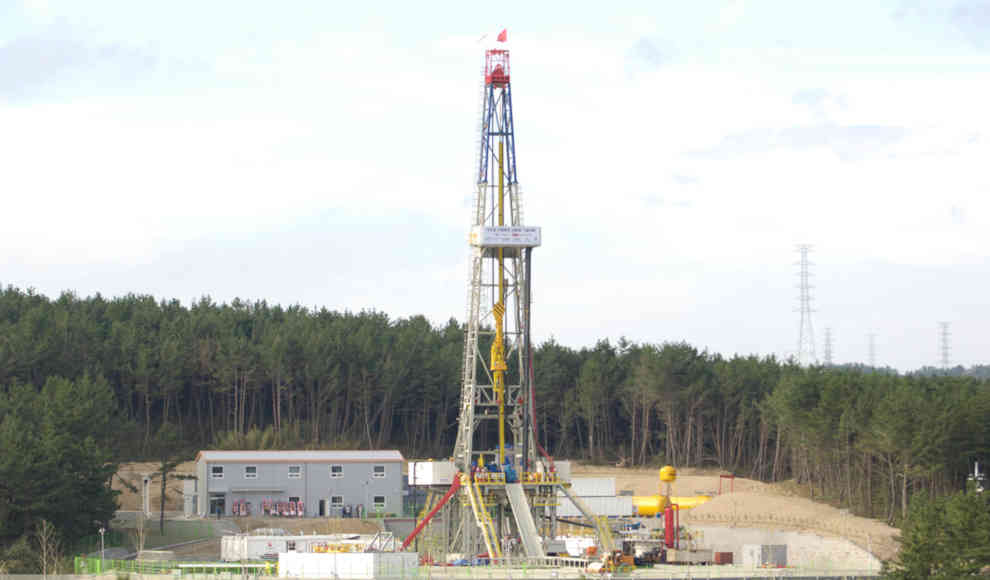A devastating earthquake that struck the South Korean port city of Pohang on November 15, 2015, was caused by geothermal drilling, according to a joint study by the Helmholtz Centre in Potsdam and Seoul National University. The earthquake, which measured 5.5 on the Richter scale, was the second-strongest ever recorded in South Korea and left 135 people injured, some seriously. The study found that the drilling, which involved pumping water into deep rock formations at a pressure of up to 900 bar, caused a previously undiscovered fault to break, triggering the earthquake.
The drilling was part of the Pohang EGS Project, which aimed to create a large water reservoir within the rock formations to be used as a heat exchanger for a planned power plant. The study found that the high pressure of the water caused excessive stress on the rock formations, leading to the earthquake. The researchers used additional data not considered in previous studies, including the stress levels of the rock formations near the drilling site, to confirm their findings.
The study’s authors emphasized the need for caution when carrying out geothermal drilling, particularly in areas prone to earthquakes. They also called for more research into the potential risks of geothermal energy projects. The findings of the study have implications for the future of geothermal energy in South Korea and other countries, as well as for the safety of communities living near geothermal drilling sites.










